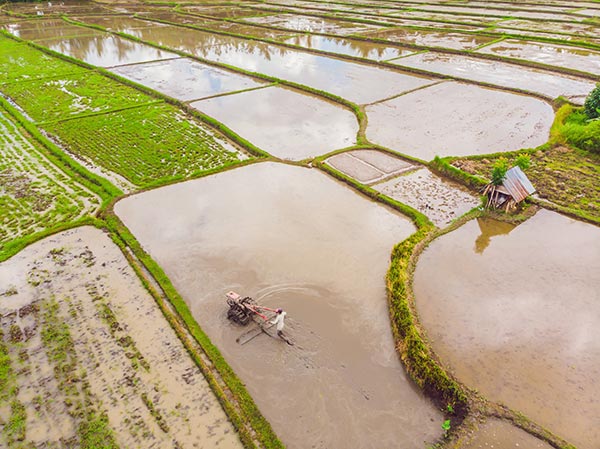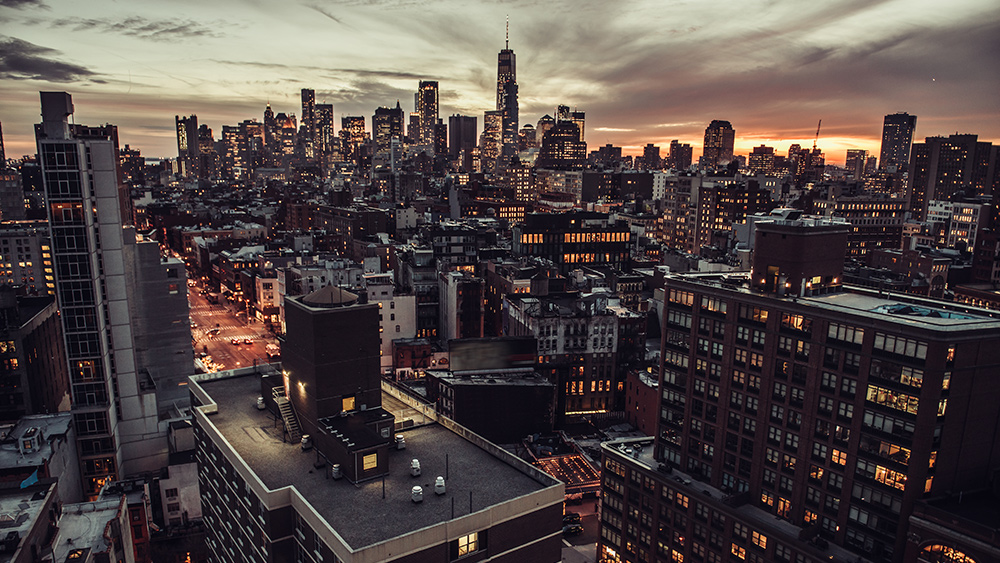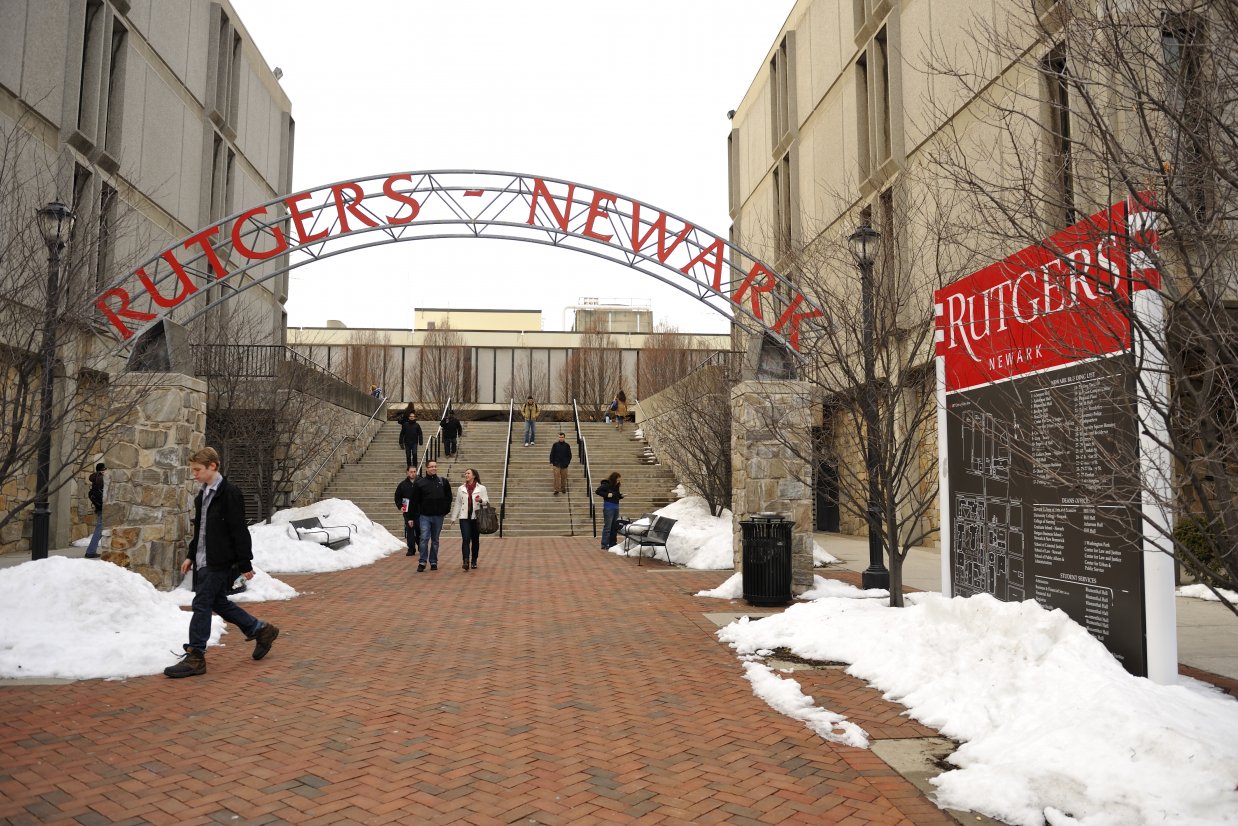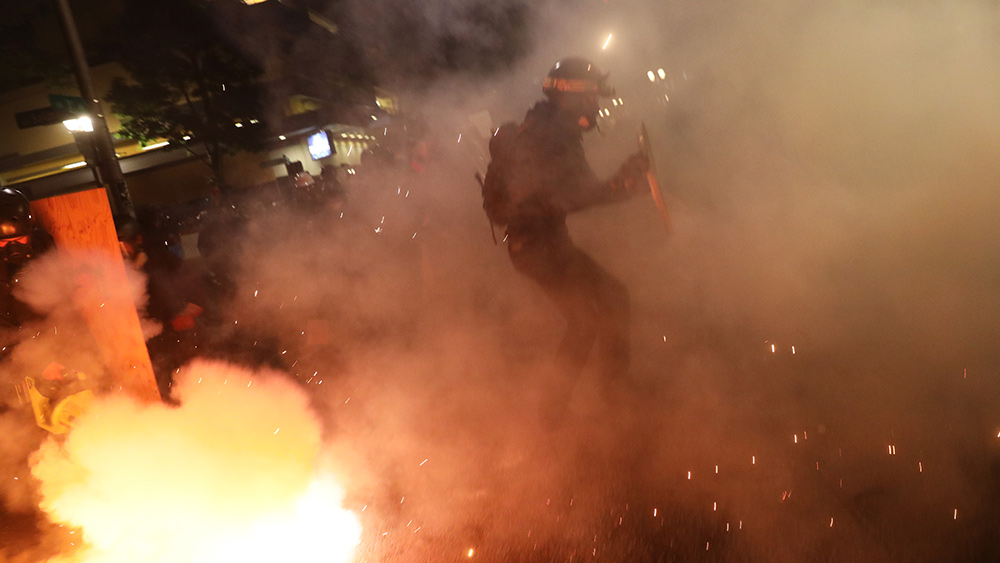China faces worst flood in decades as Yangtze water levels reach record highs
08/03/2020 / By Ralph Flores

After the Wuhan coronavirus, central China is now facing its worst flooding season in thirty years as torrential rain on Sunday triggered the third flood peak of the Yangtze, the longest river in Asia and the country’s most important waterway. This year’s flooding has already affected 45 million people and caused 86 billion yuan ($12.3 billion) in economic losses, with authorities warning of more flood peaks soon.
On Tuesday, July 28, water levels in the famous port city of Yueyang rose above the alert level. This means that an embankment breach could happen anytime soon, according to local officials. Dongting Lake, which borders the city and also serves as a flood basin for the Yangtze, has been above the alert stage for days. Similar alerts have been raised in Poyang Lake, the country’s largest freshwater lake located in the river’s drainage area, and the Huai River, a major tributary of the Yangtze.
Despite being hard hit by heavy flooding since June this year, Beijing’s top officials have yet to visit the disaster areas. The Water Resources Ministry, in a statement, said that “flood control and flood fighting situation is severe.”
Flooding came early
This year, the monsoon season started earlier than normal in China, with intense rain and severe flooding battering the region since early June. Aside from the early monsoon season, state weather experts also reported heavier rainfall this year, an increase of 20 percent since 1961. Currently, the water levels of 433 rivers in the Yangtze flood basin are all above the flood control line, with 33 reaching record highs.
On July 29, local officials warned that heavy rain could spark heavy flooding by the Huai, Yellow and Songhuajiang rivers. In particular, those living in the drainage areas of the Yellow and Huai rivers were asked to make emergency preparations in case of a disaster.
According to an Epoch Times report, locals in towns in low-lying areas have been inundated, as officials discharge excess rainwater to protect cities. Often, these are done without giving residents advance notice, and further complicates efforts to determine actual damages and loss of life.
In response, the Ministry of Emergency Management – the state agency leading the disaster response – had advised local governments in the region to ensure the safety of local dams, as “[these] face the perils of landslides, caving in, water rushing out of pipes, and collapse.” The agency also called for officials to arrange for people to patrol the dams 24 hours a day.
Massive dam’s usefulness in question
The punishing floods also raise questions about the efficiency of the Three Gorges Dam, the massive and controversial project designed to help tame the Yangtze. In the middle of the heaviest rainfall on record, officials have said that the world’s biggest hydroelectric plant has reduced flood peaks, deaths and evacuations, all of which helped boost the economy in the region.
With the structure itself under scrutiny for being at risk of collapse, critics say that the dam isn’t doing what it’s supposed to do. (Related: Is China’s Three Gorges Dam, with many nuclear plants below it, about to crumble?)
“One of the major justifications for the Three Gorges Dam was flood control, but less than 20 years after its completion we have the highest floodwater in recorded history,” explained David Shankman, a geography professor at the University of Alabama who studies Chinese floods. “The fact is that it cannot prevent these severe events.”
Other critics, such as Chinese geologist Fan Xiao, expressed similar sentiments. The Three Gorges, in particular, can only partially intercept floods in the upper reaches, which aren’t prone to flooding to begin with. This makes it powerless to address flooding caused by rainfall in the middle and lower reaches of the Yangtze, he added.
“When people only consider using reservoirs to solve flood-control problems, they often overlook or even weaken the natural ability of rivers and their lakes to regulate floods.”
Sources include:
Tagged Under: chaos, China, Collapse, crumbling, dams, Flooding, infrastructure, natural disaster, Three Gorges Dam, Yangtze River
RECENT NEWS & ARTICLES
COPYRIGHT © 2017 COLLAPSE.NEWS
All content posted on this site is protected under Free Speech. Collapse.news is not responsible for content written by contributing authors. The information on this site is provided for educational and entertainment purposes only. It is not intended as a substitute for professional advice of any kind. Collapse.news assumes no responsibility for the use or misuse of this material. All trademarks, registered trademarks and service marks mentioned on this site are the property of their respective owners.




















